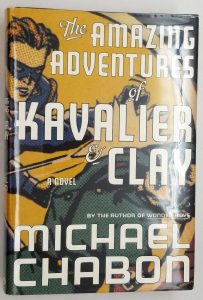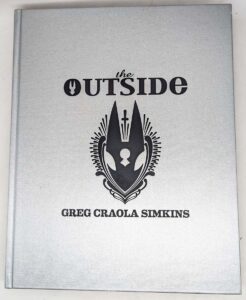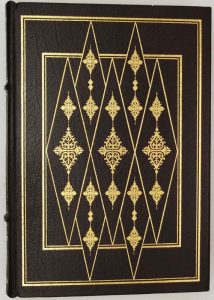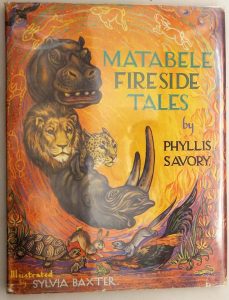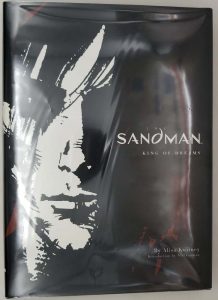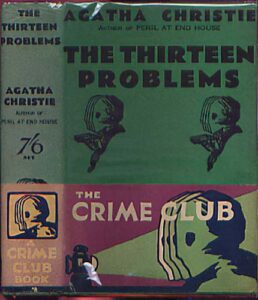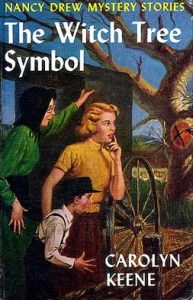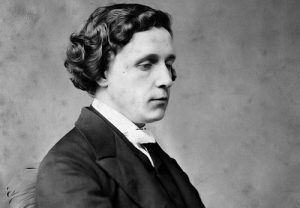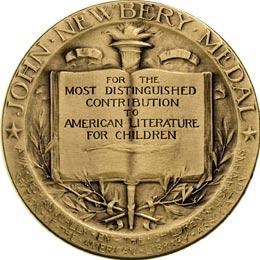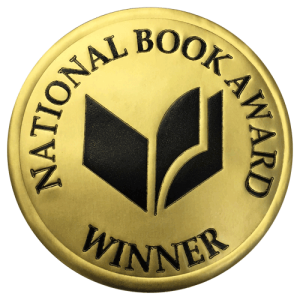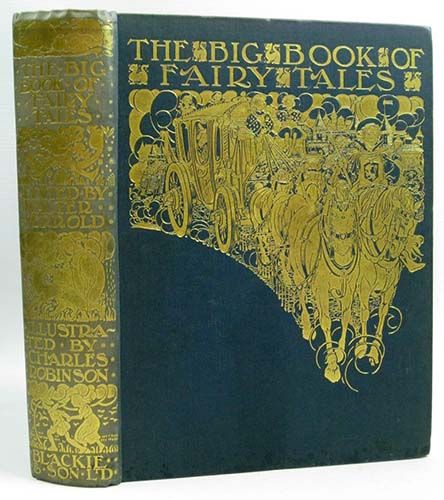
The Big Book of Fairy Tales (1911), edited by Walter Jerrold and illustrated by Charles Robinson, represents a crowning achievement of the Edwardian golden age of illustration. Published by Blackie and Son in London, this lavish folio volume brings together European fairy tale classics through Robinson’s masterful artwork that synthesizes Arts and Crafts movement sensibilities with emerging Art Nouveau aesthetics. Robinson’s illustrations transform stories like “Beauty and the Beast” and “Puss in Boots” into visual feasts, where intricate pen-and-ink borders cascade like ivy around the text, and full-page watercolor plates glow with jewel-like intensity. His treatment of “Cinderella’s” transformation scene demonstrates particular genius—the pumpkin coach swirls into existence through dynamic brushwork that seems to capture magic mid-spell. Throughout the volume, Robinson’s decorative elements reference medieval illumination, Japanese woodblock composition, and Pre-Raphaelite naturalism, creating a cohesive visual world that immerses readers in each tale’s unique atmosphere. The book’s production matches its artistic ambition, with thick handmade paper, gilt-edged pages, and Robinson’s color plates carefully tipped in to preserve their vibrant hues against cream matte mounts.
About Charles Robinson (1870-1937):
The youngest of the illustrious Robinson artistic dynasty (brother to Thomas and W. Heath Robinson), Charles became one of Britain’s most influential illustrators by revolutionizing children’s book design. Trained at the Royal Academy Schools, he burst onto the scene with his groundbreaking 1895 illustrations for A Child’s Garden of Verses, where he first demonstrated his innovative approach to integrating text and image. By this 1911 masterpiece, Robinson had developed his mature style—characterized by lyrical linework, sophisticated color harmonies, and an unprecedented psychological depth in depicting childhood. Unlike contemporaries who idealized children, Robinson portrayed them with clear-eyed realism, often using his own offspring as models. His illustrations for this fairy tale collection represent the pinnacle of his career-long exploration of the space between reality and imagination, where decorative borders become gateways to magical realms. Beyond illustration, Robinson’s legacy includes influencing an entire generation of book designers through his meticulous attention to typography, margins, and the book-as-object—principles beautifully embodied in this 1911 volume.
For readers who cherish this edition, these complementary works may captivate:
• The Golden Staircase (1906) also illustrated by Robinson – showcasing his earlier, more whimsical period
• The Sleeping Beauty (1920) illustrated by Arthur Rackham – for comparison with another golden age master
• The Arabian Nights (1907) illustrated by Edmund Dulac – representing the luxurious color plate tradition
Other books illustrated by Charles Robinson available in our gallery: The Secret Garden, Bee, Princess of the Dwarfs, Margaret’s Book, The Happy Prince, Our Sentimental Garden, Songs and Sonnets.
